In the heart of Japan’s Tochigi Prefecture lies a culinary secret known as Mimi Udon. This local specialty is full in terms of history and folklore, with a shape that holds a special meaning. This article will take you on a journey to explore the unique aspects of Mimi Udon, from its intriguing name and deep-rooted traditions to a specific place where you can experience its authentic flavor.
What is Mimi Udon?
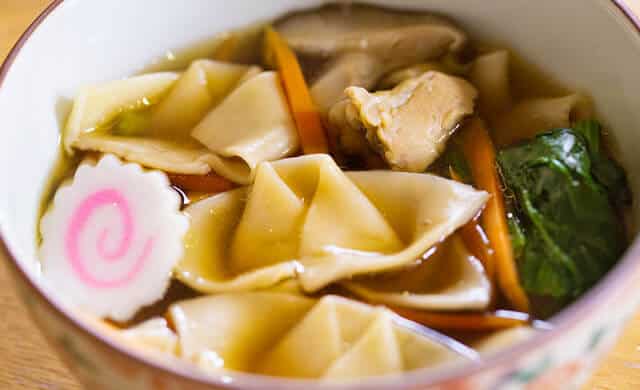
Mimi Udon is a distinctive regional dish primarily found in the Sano and Utsunomiya areas of Tochigi Prefecture. Unlike the typical long, slender udon noodles most people are familiar with, Mimi Udon shaped like an ear. This playful shape is not just a quirky detail but is central to the dish’s identity. The noodles are handmade, and the process of folding them into the ear shape is a tradition that locals carefully passed down through generations. Furthermore, the texture of ear udon is famously chewy, and typically served in a hot, savory broth with various vegetables and other ingredients.
History Rich with Meaning
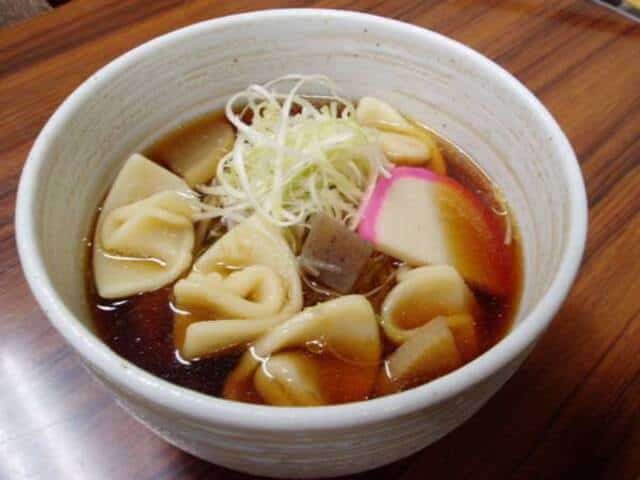
The history of Mimi Udon is deeply connected to a belief in good fortune and protection. The ear-like shape of the noodles ward off evil spirits and bring good luck. Eating this dish has become a traditional way for families to pray for a year of good health, prosperity, and peace. In the past, locals commonly enjoyed this ear udon most during the New Year’s holiday.
Households would prepare large batches of the noodles at the end of the year, then preserve them served to the many guests who would visit. So, this tradition made it easier for hosts to offer a special and meaningful meal without the time-consuming process of preparing a fresh dish for each visitor. Once a seasonal dish, people now celebrate and enjoy Mimi Udon year-round, continuing its legacy as a symbol of hope and good fortune.
Where to Experience Authentic Mimi Udon
Nomuraya Honten (野村屋本店)

Nomuraya Honten is a historical restaurant that prides itself on serving authentic local cuisine, with Mimi Udon as its star dish. The noodles, known for their springy texture, served in a delicious and comforting broth, simmered with fresh local ingredients. Hence, the simple yet profound flavors of the dish highlight its homemade, rustic charm.
Conclusion
Mimi Udon is a delightful example of how food intertwined with culture, history, and belief. Its special shape is a testament to an enduring tradition of wishing for good luck and protecting against misfortune. Thus, this dish offers a heartwarming taste of Tochigi, a place where culinary customs are a vital part of daily life.
If you enjoy the chewy texture and savory broth of Mimi Udon, you might also like to try other notable regional noodle dishes such as Sanuki Udon from Kagawa, Kishimen from Nagoya, or the thick, flat Hoto noodles of Yamanashi.
Mimi Udon FAQ – A Local Specialty from Tochigi
- What is Mimi Udon?
Mimi Udon is a traditional dish from Tochigi Prefecture, made with flat, ear-shaped udon noodles served in a savory broth with vegetables.
- Why is it called “Mimi Udon”?
The noodles are shaped like ears (mimi in Japanese). According to local tradition, eating them wards off bad luck and brings good fortune.
- What does it taste like?
The broth is light yet flavorful, and the ear-shaped noodles are chewy and satisfying. It’s comfort food with a cultural twist.
- When is Mimi Udon usually eaten?
People often enjoy it during New Year’s or festive occasions as a lucky food.
- Where can I try Mimi Udon in Tochigi?
It’s available at some local restaurants in Sano City and nearby areas, and sometimes at food festivals celebrating regional cuisine.
- Is Mimi Udon vegetarian?
Traditionally, the broth may contain fish stock (dashi), but vegetarian versions with soy-based broth are sometimes available.
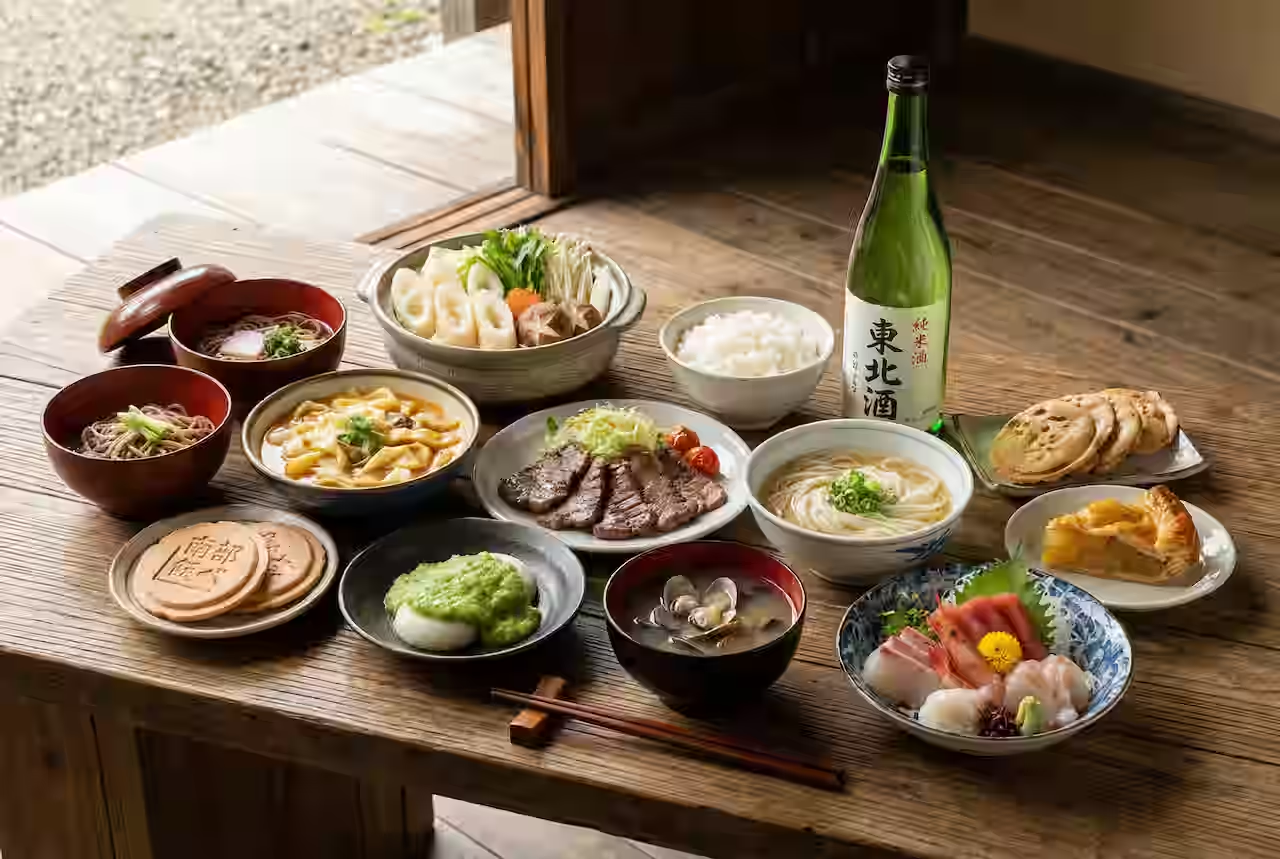

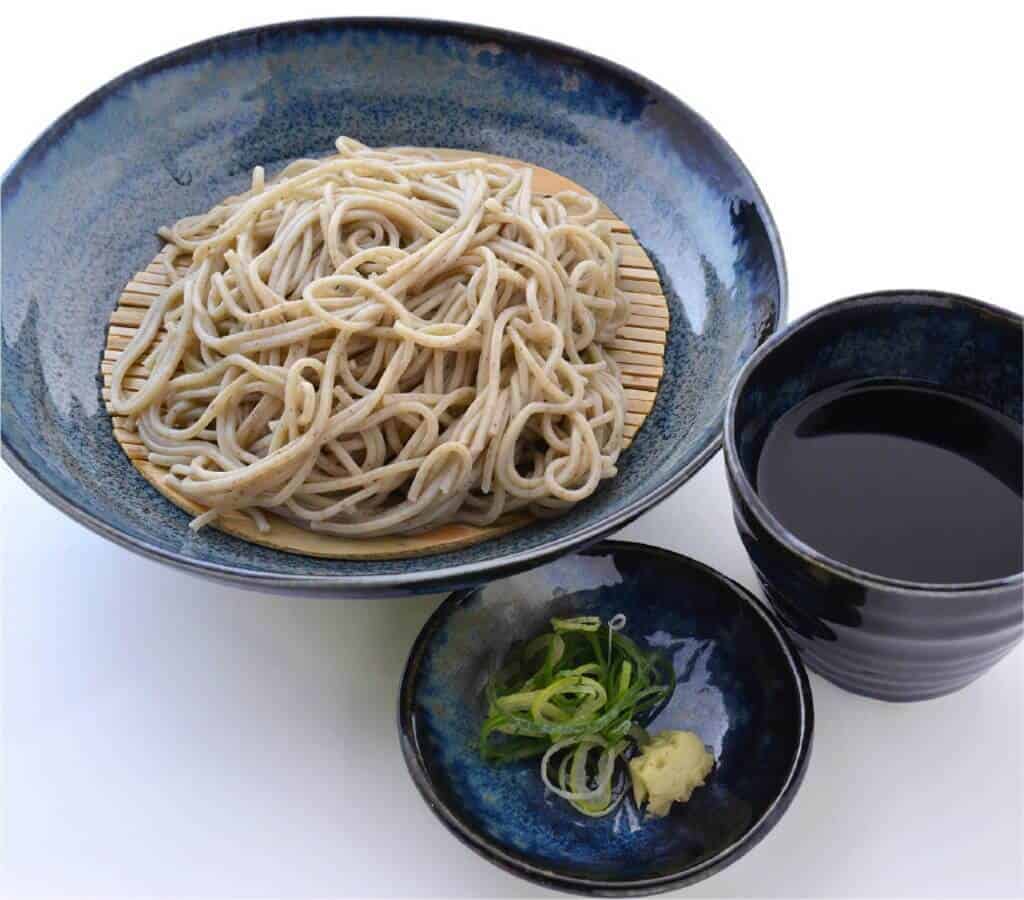
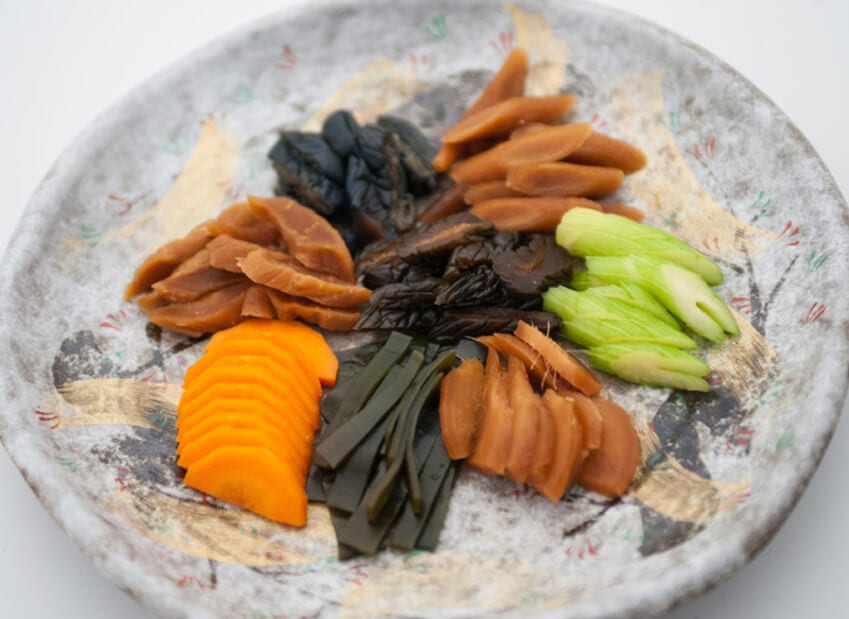
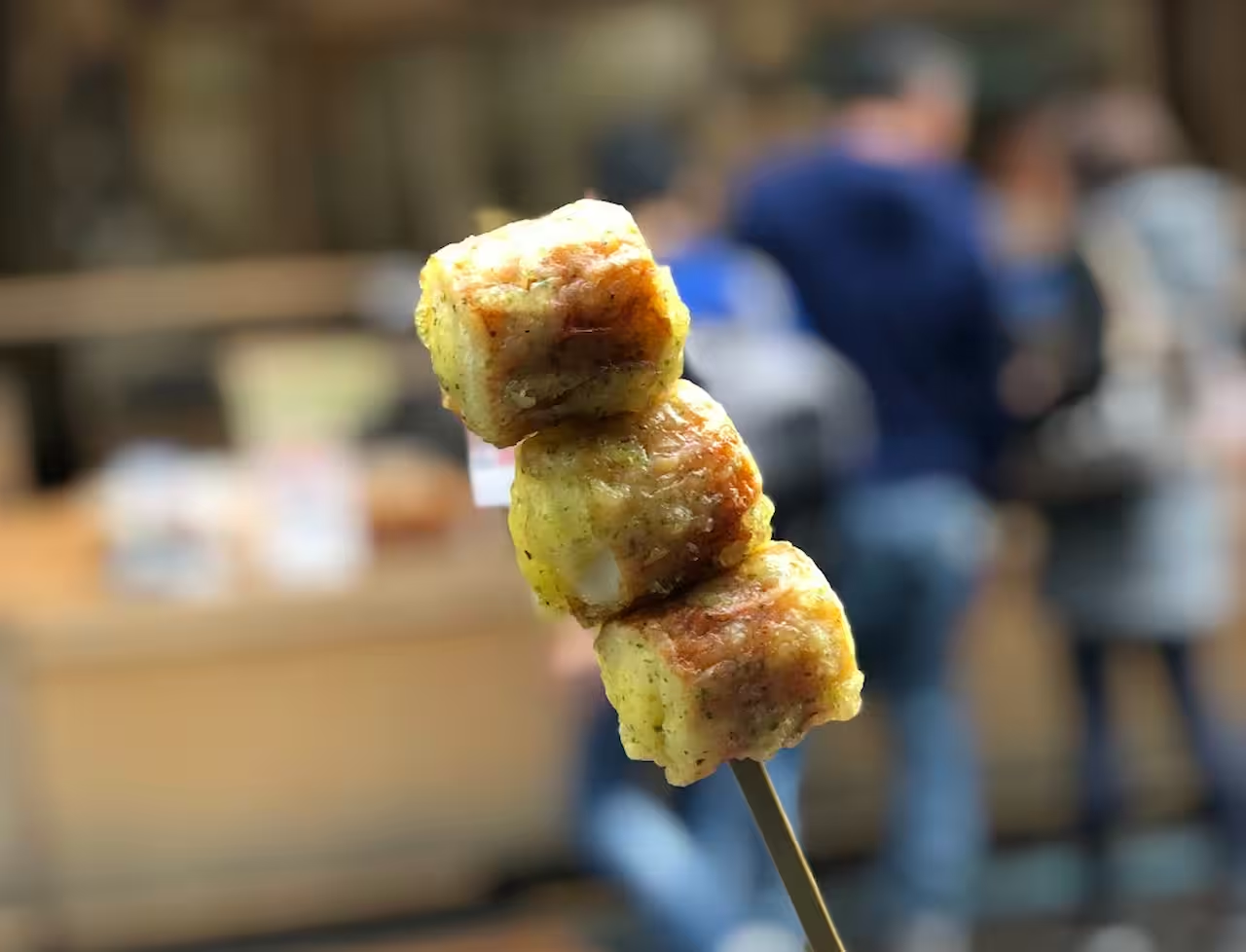

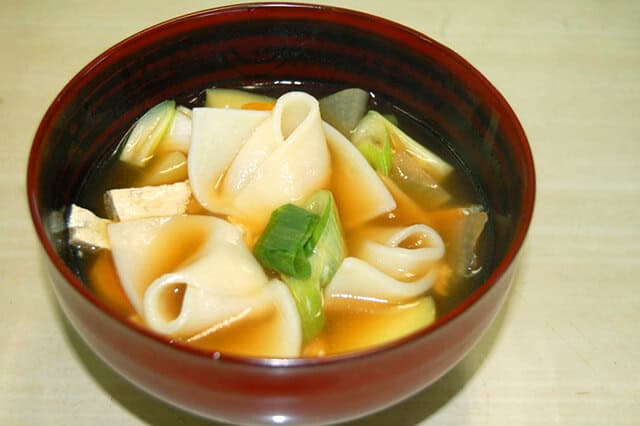
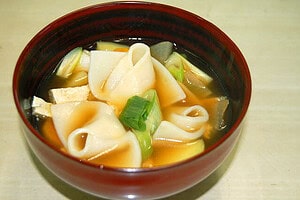
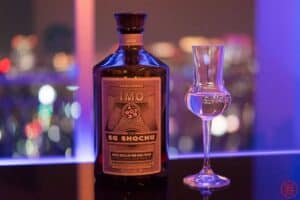

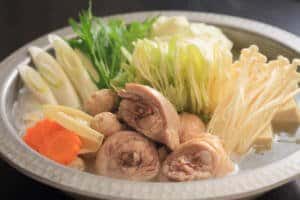
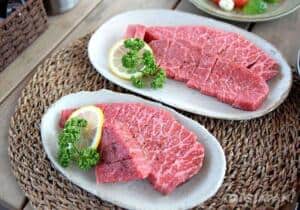
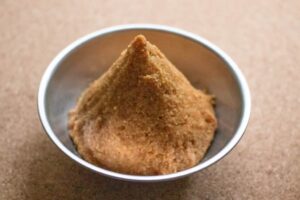

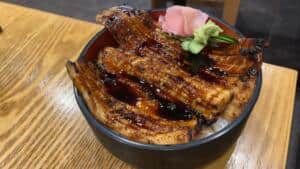
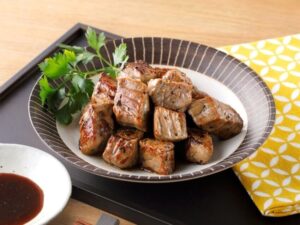
Comments